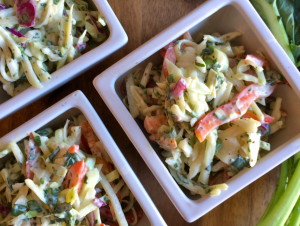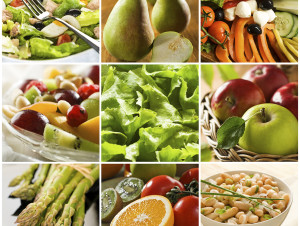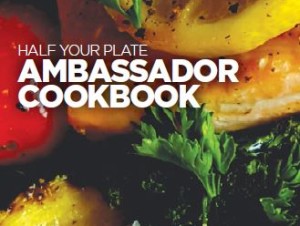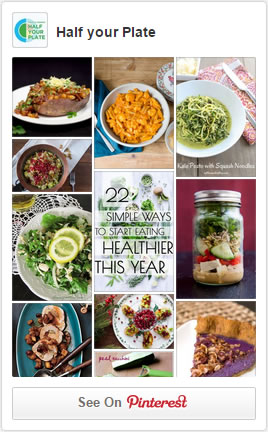Culinary Terms and Techniques
 January is a great time of the year to make new commitments to your health, so why not start in the kitchen? If one of your 2018 resolutions is to eat more home-cooked meals, you may be encountering some new terminology that we’re here to help you decipher!
January is a great time of the year to make new commitments to your health, so why not start in the kitchen? If one of your 2018 resolutions is to eat more home-cooked meals, you may be encountering some new terminology that we’re here to help you decipher!
Sweat: You’ll often be told to “sweat” vegetables in a recipe. This technique is similar to sauté only at a slower and lower temperature. Sweating vegetables allows more time for them to release their delicious aromatics and build up the flavour. A great first step for any meal that contains stronger flavors like garlic and onions. Check out this step by step gallery from Serious Eats.
Try these recipes once you’ve mastered this new skill:
Caldo de Verduras from Hispanic Kitchen, a delicious Mexican vegetable soup.
Carrot and Squash Ginger Soup, this soul satisfying soup freezes beautifully so go ahead and make a few batches!
Macerate: It sounds like such a fancy term right? In reality it’s an incredibly simple way to soften fruits using liquid. Soaking your favourite sweet fruit in an added juice or their own juices transforms them into the perfect dessert topping. You can learn how to macerate strawberries in this article from Smart Savvy Living.
Try these recipes once you’ve mastered this new skill:
Cherry and Blackberry Macerated Goat Cheese – the perfect appetizer to serve to a crowd.
Citrus Macerated Strawberries: This simple recipe uses lemon juice to intensify the strawberry flavour.
Mother Sauces: Traditionally, “Mother Sauces” refer to the five base sauces that were considered the building blocks for all other sauces in the 19th Century. These sauces are Béchamel, a creamy white dairy based sauce, Velouté a combination of a roux with a white stock, Espagnole often called Brown Sauce as it is a combination of a roux with a brown stock, Hollandaise the integral topping for eggs benedict and finally a classic tomato sauce.
Baste: Basting is an easy technique you’ve probably noticed when following recipes to cook a whole turkey or chicken. It’s done by using pan cooking juices, or a marinade or other sauce, to brush the entire surface of meat while it’s cooking to keep moisture and add flavour. You can read more about basting on this article by the Kitchn.
While basting is commonly used for turkey or chicken, this technique can also be applied to boost the flavour of your favourite veggie meals. Try these grilled vegetables with lemon, thyme and mustard basting sauce from Epicurious or these basted grilled veggies from Recipes 4 Living.
Papillote: You may have noticed that some recipes have a title that includes “en papillote” and you may be thinking “I don’t speak French!” Not to worry- very simply, en papillote means to bake your entire meal in a folded pouch or parcel, usually made from parchment paper or aluminum foil. This cooking technique is great for keeping all the flavour concentrated in the pocket and also makes for easy clean up!
Try these recipes once you’ve mastered this new skill:
Salmon, Kale and Tomato En Papillote by one of our Campus Ambassadors is a great way to cook on campus.
Make great veggie side dishes with these vegetables en papilote from Williams Sonoma.
Pickling: Yes, this is a more common term – but refreshers never hurt! Pickling is the process of preserving vegetables, fruit, meat or fish by using a brine or marinade. It’s super easy to pickle, but fruits or veggies with tough peels work best. Check out this step-by-step guide from Good Housekeeping.
Try these recipes once you’ve mastered this new skill:
Chef Michael Smith is all about saving you time with this recipe for Quick Cucumber Pickles!
Quick Pickled Radishes by Vegetarian ‘ventures are the perfect tangy veggie for salads, eggs or sandwiches, and they come together in 30 minutes!
Happy cooking!


















